Duration of engagment
Medium-Long (2-5 years; 2 years is the shortest duration for a multi-stakeholder partnership to show concrete results)
Cost
Multi-stakeholder platforms tend to require annual budgets in the $100-200K range
($)
Organization costs (e.g. travel, venue booking)
($$)
Third party to facilitate multi-stakeholder discussions
($$$)
Institution costs (e.g. staff, action plan implementation, data collection)
In the real world
Underwriting multi-stakeholder governance
A group of companies and foundations have provided funds that support the Coalition for Sustainable Livelihoods (CSL) initiative in Aceh and in North Sumatra, Indonesia. Funding has gone toward high-level coordination of the initiative, convening multi-stakeholder workshops that shape the direction of the initiative, and coordination of working groups that are building out the initiative’s components. Funding, technical support and guidance have come from Barry Callebaut, Mars Wrigley Confectionary, Mondelēz International, PepsiCo, Unilever, Walmart Foundation, Conservation International, Earthworm Foundation, IDH, The Livelihoods Fund, UNDP, and the Global Environment Facility. Corporate funding and technical support also underwrite some regency-level L/JIs convened within the provinces under the CSL umbrella. This helps Aceh Tamiang and Southern Aceh carry out landscape-level diagnoses of deforestation drivers, develop community alternative livelihoods, and build capacity for palm oil mills and plantations to implement NDPE commitments.
Funding implementation of a jurisdictional action plan
Several companies have committed financial support for Sabah, Malaysia’s Jurisdictional Certification Steering Committee (JCSC)– the multi-stakeholder body charged with achieving the state’s certification and forest conservation goals – and/or activities it oversees. HSBC funds enabled district-level HCV mapping and land use planning as a first step toward scaling these efforts state-wide. Unilever funds enable the JCSC’s secretariat to more effectively carry out its work streams. Several other companies are funding a conservation assurance index – to be developed by local government and research institutions – that will monitor progress toward the state’s goals each year by providing reliable and objective information about governance, environmental health, sustainable production, and social development.
Tea companies support landscape-scale conservation initiative
Unilever Tea and Finlays have committed annual funding to support an IDH initiative to conserve a highly threatened part of the Mau Forests Complex in southeastern Kenya, by providing economic benefit to local communities. The corporate funds, augmented by the Kenya Tea Development Agency and the Safaricom Foundation, help implement the initiative’s action agenda to plant more natives trees across a 250 ha landscape, intensify livestock grazing, and carry out surveillance against illegal activities impacting the forest.
Key points for companies

Engage with the government or other entity leading the L/JI to understand the specific funding needs. The kind and costs of these needs will depend on the initiative’s maturity, from outreach or convening efforts in early stages, to building consensus or developing strategies and action plans around a shared vision during middle phases, to operating expenses, hiring secretariat staff, implementing plans, monitoring data, or tracking progress as the initiative matures.
- Request a budget to better determine which categories of activity in the initiative need how much money and what other sources of funding are currently or potentially available.

Determine whether to provide unrestricted funds which the initiative allocates as needed, or funds for specific activities. Unrestricted funds help buffer unforeseen costs that can often arise and shift immediate priorities.
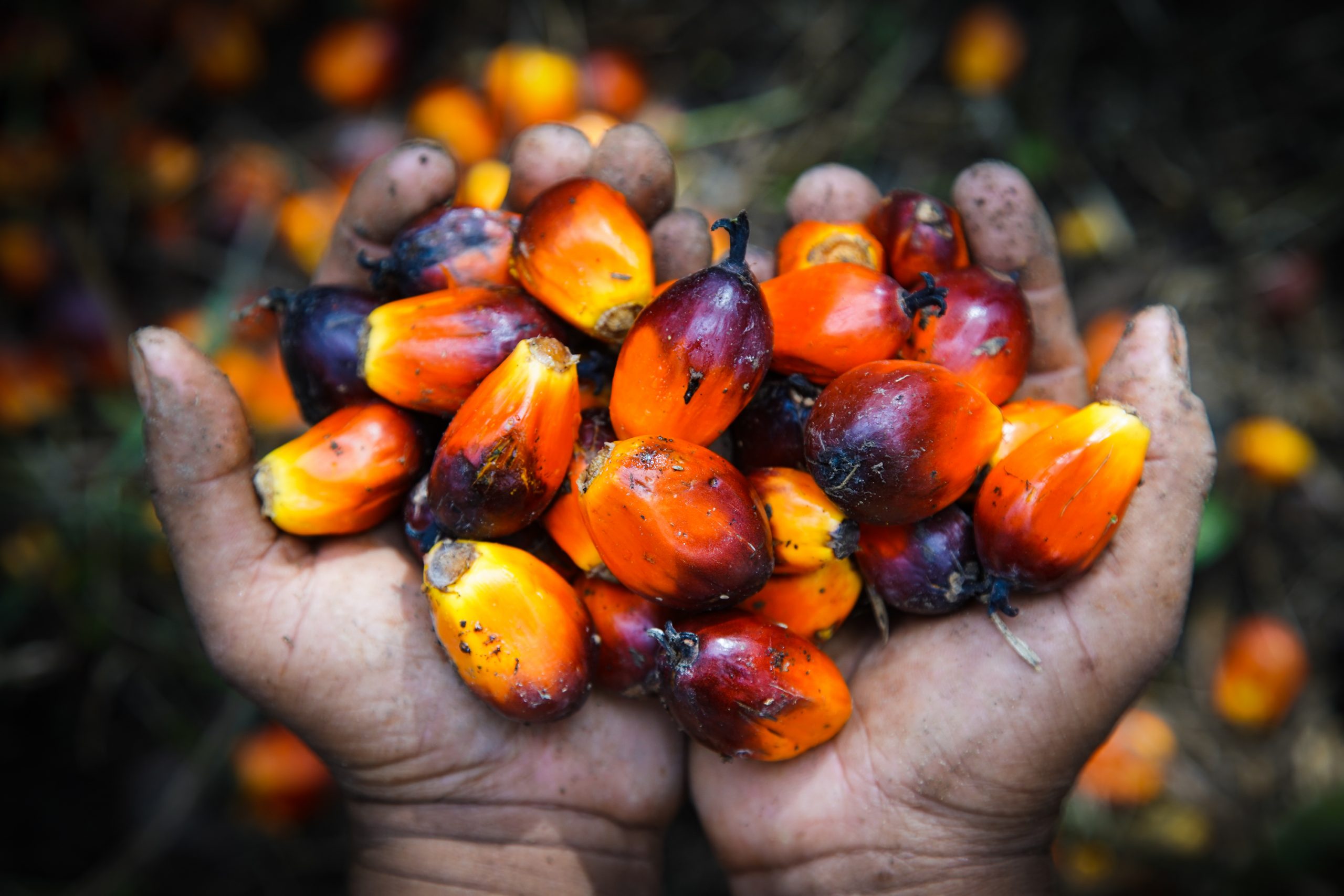
Hold initiative leads accountable to ensure funding is having the desired impact. Ask periodic progress reports (e.g. semi-annual) on how the money is spent, measured against the goals to which company finances are contributing. Review reports with an eye toward effectiveness and suggest to the initiative lead how they could improve.
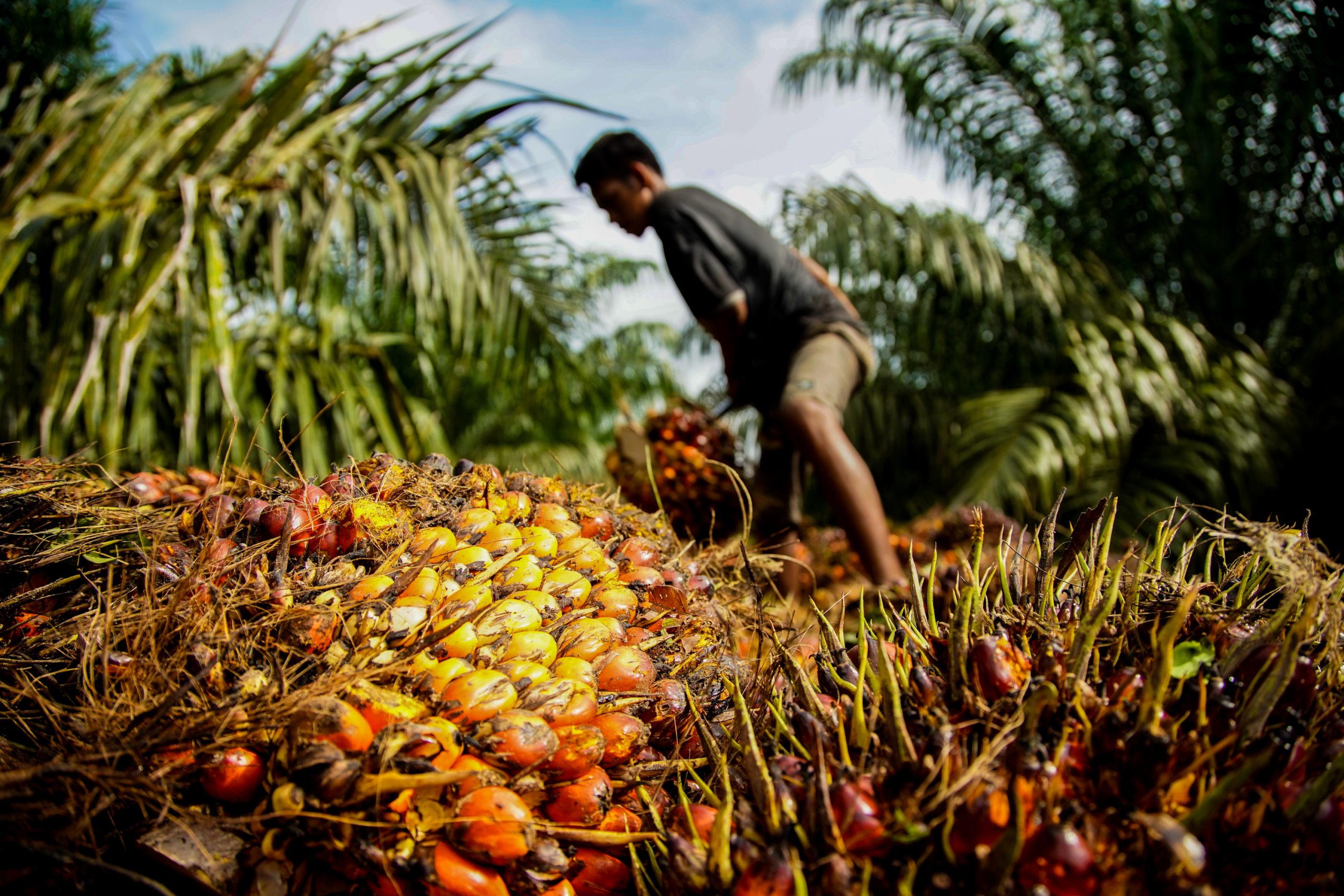
Rather than go it alone, an individual business can better provide a portion of the funds, then seek complementary monetary or in-kind contributions from other companies, government agencies, large conservation NGOs, etc. Joint funding avoids any perception of disproportionate influence by any one entity and ensures that other stakeholders have “skin in the game” for the success of the initiative.
- If one or more companies provide early funding for an L/JI and are joined by other companies later on, all parties should agree on how the newcomers can equitably support later-stage needs so that they feel properly invested in the initiative’s success.
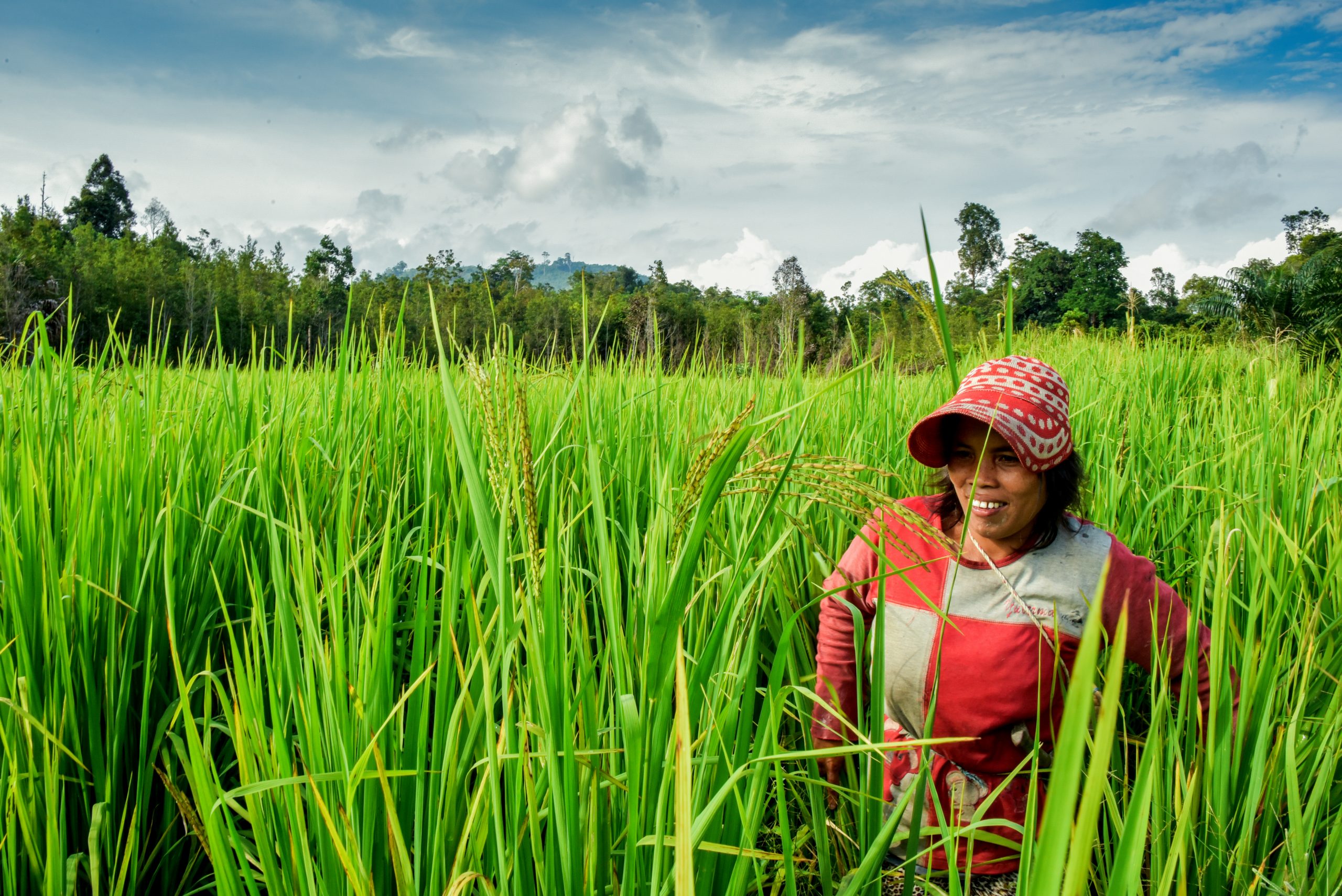
As the L/JI shifts from planning to implementation, the scale of funding required is likely to increase by orders of magnitude (10-100), depending on how ambitious and cross-sectoral the targets and activities are. At this stage, company support still matters, but it should identify other and more sustainable sources of financing so the initiative can achieve its landscape/jurisdictional goals. See also “Enhance sustainability-pegged financial flows”, “Help develop carbon offset programs”.
External conditions that improve likelihood of success
- There is adequate financial planning, management, and reporting capacity of the institution leading the landscape/jurisdictional initiative.
- Time frames for funding are consistent with company priorities and expectations for progress and results
- The planning phase can tap into funds from a diverse coalition of sources that includes companies, government agencies, conservation NGOs, and international donors
- There is real potential to generate additional, substantial, and sustainable funding during the implementation phase from commodity market premiums, carbon finance, and other sources
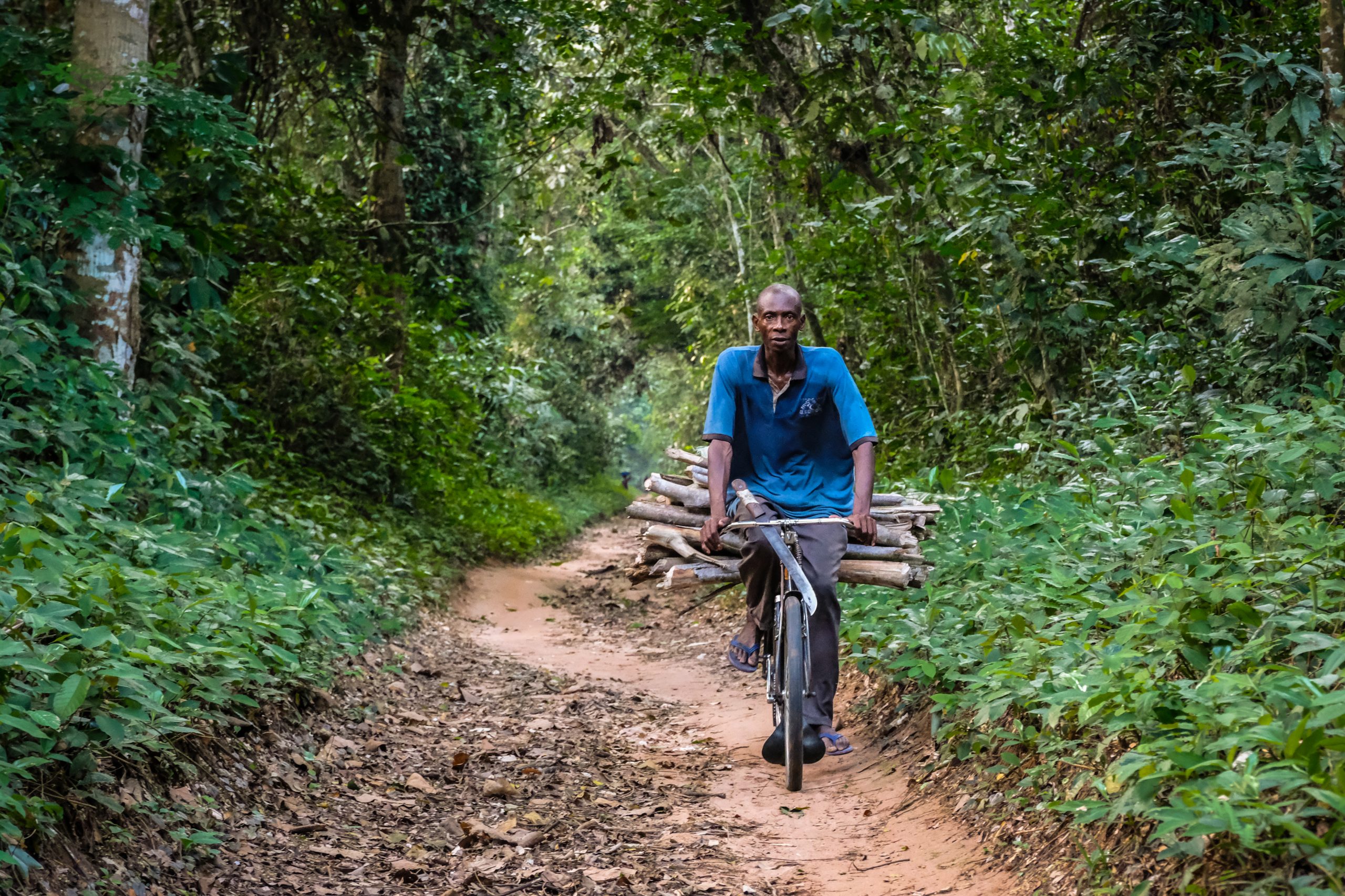
The business case for this intervention
- Ensuring a financially viable multi-stakeholder L/JI platform could multiply a company’s initial investment by leveraging 10x-100x additional funding through commodity and carbon markets.
- Companies that fund the multi-stakeholder platform lead by example and can encourage others to contribute.
- By highlighting its L/JI commitment, a company can increase brand value and enhance its social license to operate.
- Financial support can improve relationships with other L/JI stakeholders and clarify synergies between government priorities and private interests.
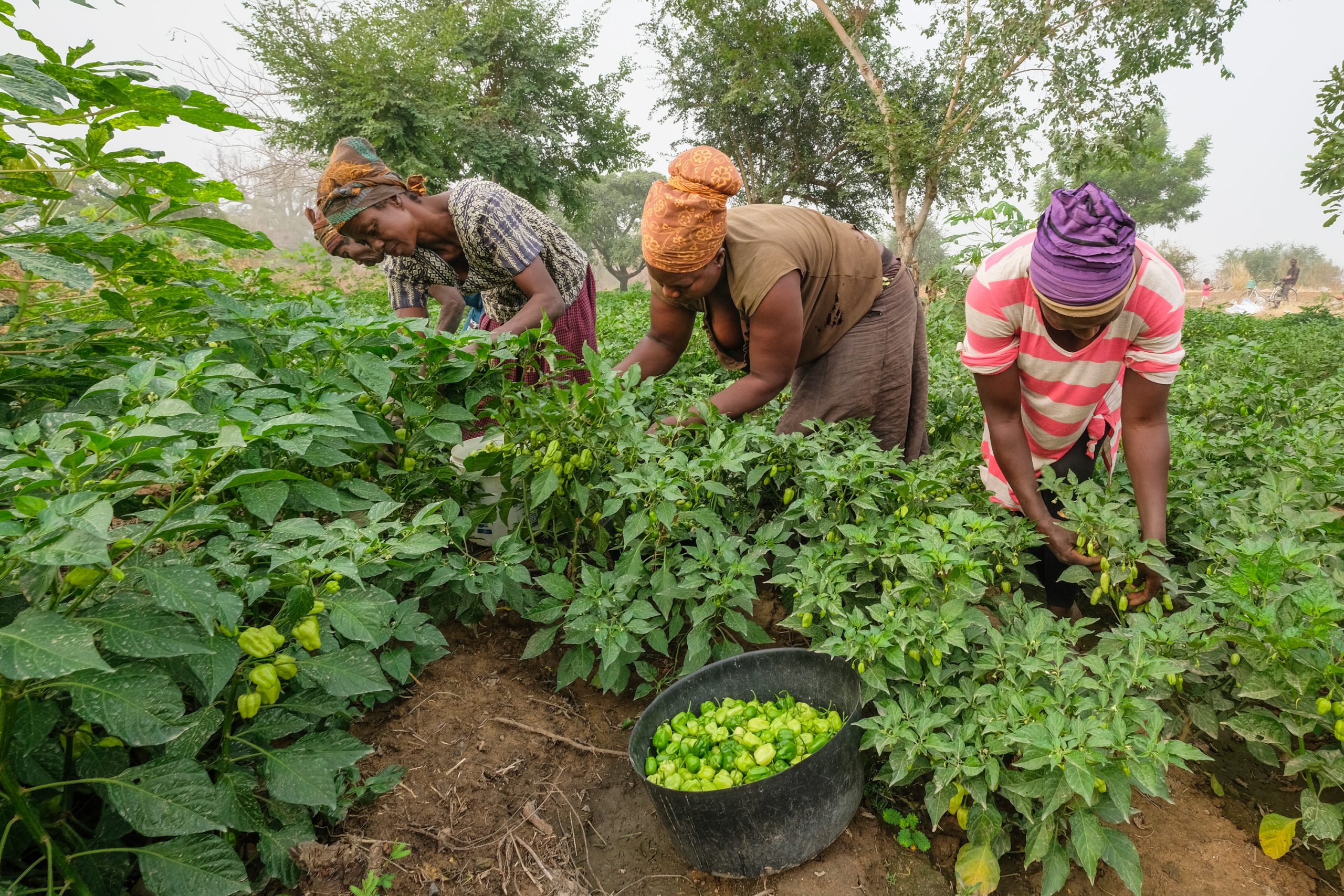
Duration of engagment
Medium-Long (2 years to develop and agree on sustainability protocols; 5 years to fully implement these protocols across the sector)
Cost
($)
Staff time/flights to participate in technical committee meetings
($)
Organization cost to set up and participate in in-person meetings (e.g. travel, venue booking)
($$)
Funding to convene the sector if it is not already convened
($$)
Pre-feasibility studies to identify technical solutions, potentially sub-contracted to external parties
($$)
Work to develop internal systems that follow agreed sustainability protocols
In the real world
Deforestation-free tequila production
The Regulatory Council of Tequila (CRT) is a Mexican industry association that promotes tequila’s quality, prestige, and sustainability. CRT developed a Sustainability Strategy for the Agave-Tequila Supply Chain, which aimed to reduce the industry’s carbon footprint, reliance on fossil fuels, and water use. To help implement this strategy, CRT and the Jalisco State Government (at COP25 in Madrid) agreed on specific measures to reduce the negative environmental impacts of agave cultivation and tequila production. Foremost, CRT would design and implement an agave-tequila Zero Deforestation Protocol and Certificate that integrates environmental criteria required by the state’s Secretary of Environment and Territorial Development (SEMADET) related to planning, zoning, and verification of new agave plantations as being deforestation-free. The Secretary is now drafting a reference map for monitoring compliance by agave producers with the deforestation-free protocol, which CRT will use to authorize future agave expansion only in unforested areas. Meanwhile, SEMADET will develop and adopt monitoring systems that report performance against deforestation in plantations.
Investing in clean Cameroonian cocoa
In two Cameroonian landscapes – Grand Mbam and Djourn-Mintom – and with facilitation from IDH and WWF, a group of cocoa sector companies is working to identify investible projects that will contribute to achieving landscape-level targets around sustainable production, forest protection, and community livelihoods. The companies include global businesses that source from Cameroon (e.g., Olam, Cargill, Barry Callebaut, Puratos), chocolate makers and brands (e.g., Mars, Natra), and local cocoa buying companies (e.g., Neoindustry, Ndongo Essomba). Detailed plans and investment opportunities were being discussed and developed at the time of writing.
Clean fuel for Cambodia’s textile industry
The public rarely traces deforestation to clothing. But H&M Group was concerned about unsustainable wood fuel used as a main source of thermal energy for garment factories. To address the issue, it launched a collaborative program in 2019 known as the Supply Chain And Landscape Approach in the Eastern Plains Landscape of Cambodia (SCALE). Following a multi-stakeholder workshop, other textile brands including Puma, Marks & Spencer, and Li-fung joined the initiative, and collaborated on a call to action to accelerate the use of alternative and sustainable energy across the landscape.
Joining forces to improve palm oil production
In two districts of Riau province, Indonesia, a group of palm oil producers and downstream buyers (Cargill, Danone, Golden Agri-Resources, Musim Mas, Neste, PepsiCo, and Unilever) have combined their resources to collaborate under the Siak Pelalawan Landscape Programme (SPLP). The companies signed an agreement that covers information sharing, funding allocation, monitoring, reporting, communication, and multi-stakeholder engagement. Within each district, SPLP is linking with multi-stakeholder processes (Green Siak in Siak and Forum for Sustainable Palm Oil (FoKSBI) in Pelalawan) to ensure alignment with local priorities. Program implementation began in 2020 and will run through 2024. Workstreams include: conservation and restoration of 5,000 ha; village-level support on sustainable production-protection models; development and implementation of district-wide traceability to plantations; transitioning mills to NDPE compliance; and support for multi-stakeholder platform development in both districts.
The danger of misalignment with government
In 2014, six of the largest palm oil producing companies in Indonesia (Asian Agri, Astra Agro Lestari, Cargill, Golden Agri-Resources, Musim Mas, and Wilmar) signed the Indonesian Palm Oil Pledge (IPOP), committing themselves to zero-deforestation. The pledge was not new; each company had already published its own No Deforestation, No Peat, No Exploitation (NDPE) commitment prior to signing. But it raised concerns by Indonesia’s government that IPOP might become a cartel, and a threat to smallholder development. Independent analysis suggested that the IPOP signatories organized in a way that the government perceived as a challenge to its sovereignty over producers, rule-making, and economic organization. In 2016, in response to official pushback, IPOP dissolved itself. The controversy and lack of high-level buy-in highlight the limits of corporate action and the critical importance of engaging government at various levels to achieve sustainable commodity production at scale. The IPOP experience served as a primary impetus for the development of jurisdictional initiatives in Indonesia.
Key points for companies
Effective L/JIs require strong government participation, but when they participate may vary. In some cases, it may be more practical for the private sector first to align interests and coordinate action within a landscape/jurisdiction, then later jointly approach the relevant government entities with a proposal for addressing environmental and social challenges across the region. In short, timing matters. When government is paralyzed or distracted by upcoming elections, or internal conflict between national and regional authorities interferes with regional collaboration, companies may make more early progress aligning priorities amongst themselves. What’s more, governments may be more willing to approve, support, and join coordinated efforts to address deforestation after they see strong, unified support from the private sector. In other instances, it may be more practical for companies to reverse that sequence. For example, where officials have convened a multi-stakeholder group to tackle landscape-level challenges, the private sector may collaborate to help shape and deliver on action plans that are already being negotiated.
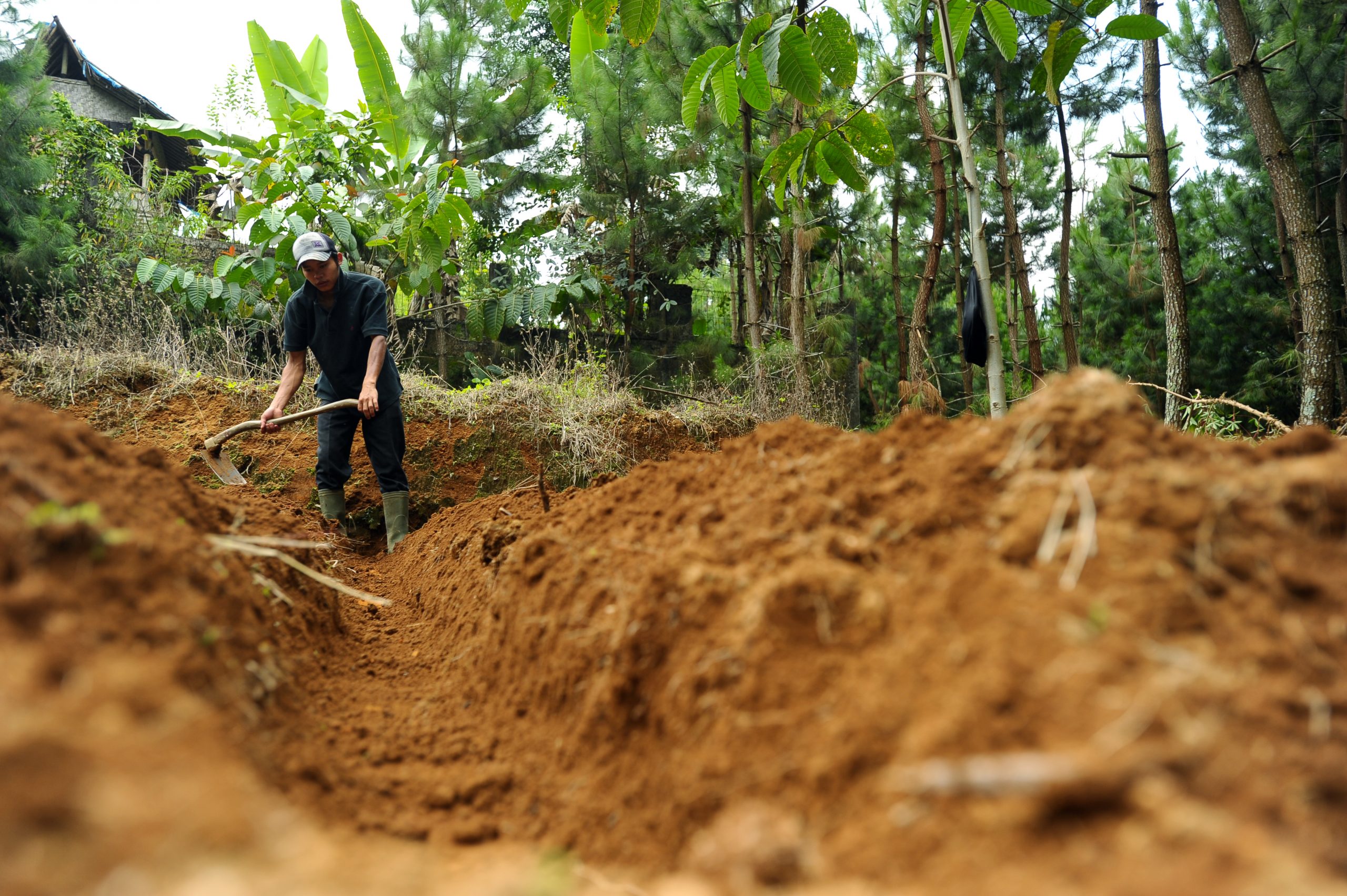
Make a strategic choice between a single-sector or a cross-sector L/JI. The former may be easier to start; the latter easier to expand. Either can work if the conveners have a strategy for addressing the respective challenges and risks. When a single commodity is the dominant driver, but is shaped by other factors (e.g. logging, artisanal mining, subsistence farming), it makes sense to narrow focus on the commodity. Even then, engage actors from other sectors early and often, to strengthen their commitment as the L/JI develops.

If an association or discussion platform does not already exist within the landscape/jurisdiction, a company needs first to convene its sector. A (typically large) company might choose to take on the lead role as primary convener, or work in partnership with influential peers, or several could turn for help to outside facilitation.
- While finding ways to collaborate, always observe local anti-trust laws. Find creative ways for businesses to collaboratively set sustainability targets, co-develop policies and protocols, and agree on tools to meet shared targets – without affecting the ability of individual companies to compete on price or quality.
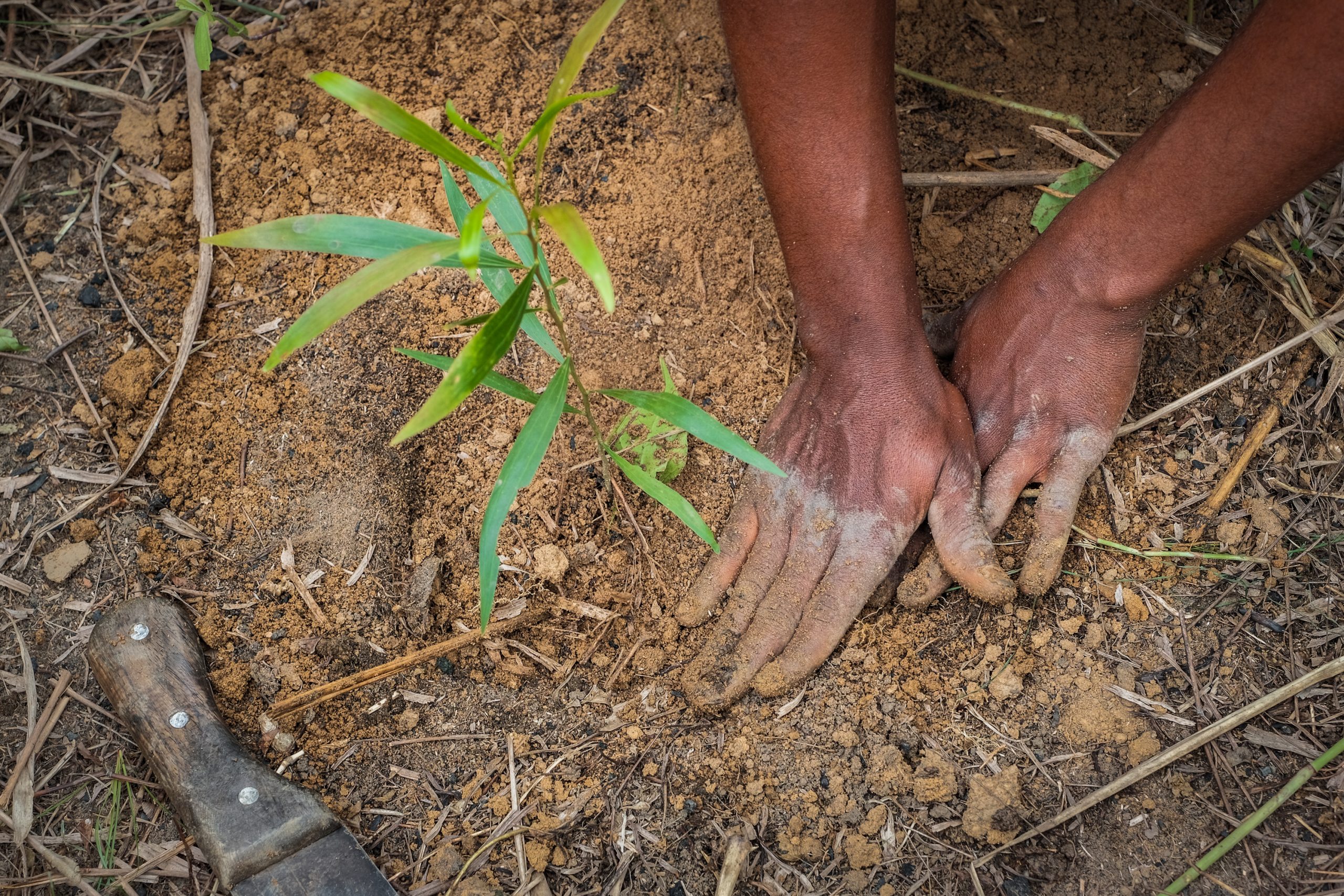
Align the sector on an ambitious sustainability vision and agree on rules of engagement that articulate shared expectations from the joint effort. Regardless of who initiates the convening, outside facilitation can foster this alignment.
If, as in the IPOP case above, there are concerns that the government might take issue with ambitions to exceed legally mandated levels of sustainability, the sector should engage the government at an early stage to seek out common ground.

To translate the vision into targets and actions, companies must first address differences in supply chain arrangements among brands and aggregators. One may operate through directly controlled plantations, another may rely on contracting with growers, still others may buy from local processors without farmer contracts. To accommodate these differences, align on the actors to target in the landscape/jurisdiction, and on how individual companies can change incentives for those actors.

With the sector aligned, companies should work with the relevant government authority (and/or credible NGOs) to develop sectoral protocols for sustainable production and trade. Doing so will define how companies spread out costs and responsibilities to create a “level playing field.” Though companies may face different costs to meet sustainability targets, early and open public-private collaboration will reduce the risk of certain companies trying to seek unfair advantages.
- In some geographies, multiple government entities might have overlapping authority over what a sector requires to implement its sustainability vision. If this is the case, companies must clarify what authorities each government entity holds, and ensure they are all on board with the agreed protocols. Where one government entity has lead authority, make sure it is positioned to champion the agreed protocol.

Where possible, devise a sector-managed system that provides the first level of oversight, which ensures that agreed protocols are followed internally. If not, companies should find a way to ensure all peers in the sector are at least sharing relevant data, and thus verifying that production and trade follow the protocols.
External conditions that improve likelihood of success
- A champion company within the sector, with strong and long-term ambition, leads the way.
- The sector is willing to collaborate on sustainability and drive toward a common agenda. Pre-existing industry collaboration at the global level is a plus (e.g. UNFCCC Fashion Charter, Cocoa and Forests Initiative).
- There is strong potential to develop trust between the sector and the relevant government entity.
- Key government entities are prepared to work through potential antitrust concerns, and willing to partner with the sector as a whole.
- The sector’s sustainability goals/strategy are compatible with those of the government.
The business case for this intervention
- Companies that try to implement their own ambitious sustainability protocols may be undercut by competitors who do not. By collaborating in the jurisdiction on a shared vision and framework, then engaging the government as a sector partner, all actors complete fairly, playing by the same rules on a level field.
- By approaching the government with a clear sectoral vision and strategy for achieving sustainability goals today, companies can preempt more costly and burdensome regulations imposed on their sector tomorrow.
- By collaborating closely with government agencies, companies can leverage government resources for implementing corporate sustainability efforts.
- By certifying production across an entire sector within a jurisdiction, companies build on economies of scale. This can obviate the need for separate mechanisms to monitor compliance at site level, helping suppliers reduce audit costs and audit fatigue.
- Designation of origin can be a valuable differentiator for consumers of certain commodities (e.g. tequila, coffee). By achieving sustainability goals across the entire sector within a jurisdiction, companies can associate their branded products from that jurisdiction as a way to distinguish them from less sustainable products originating elsewhere.